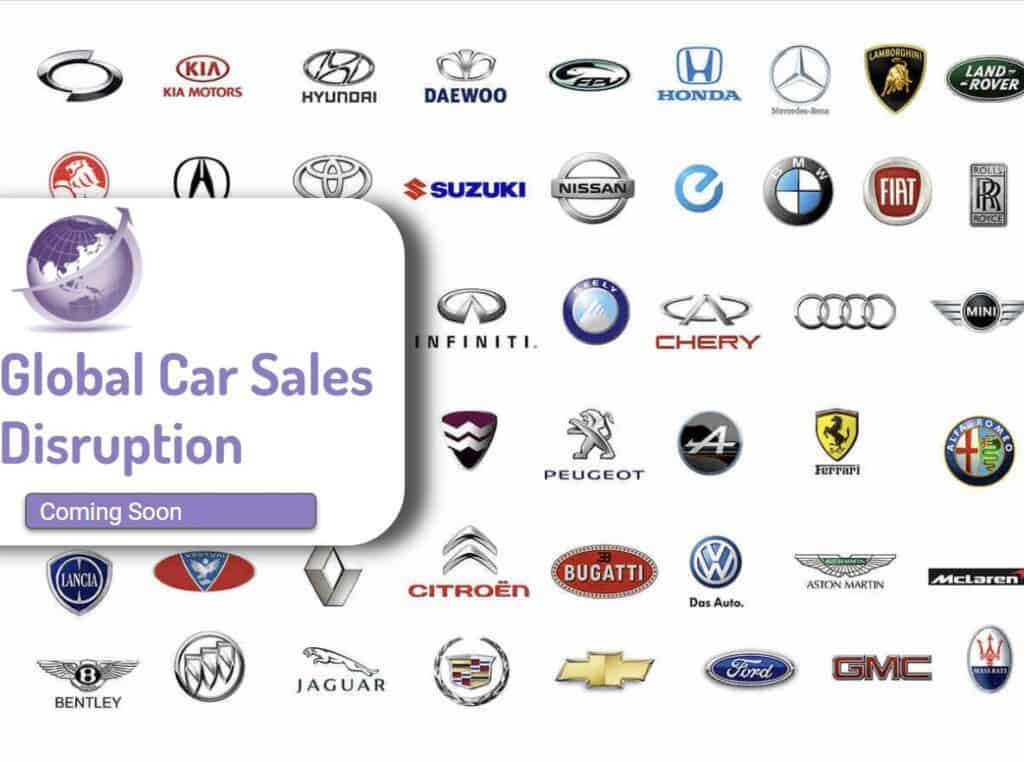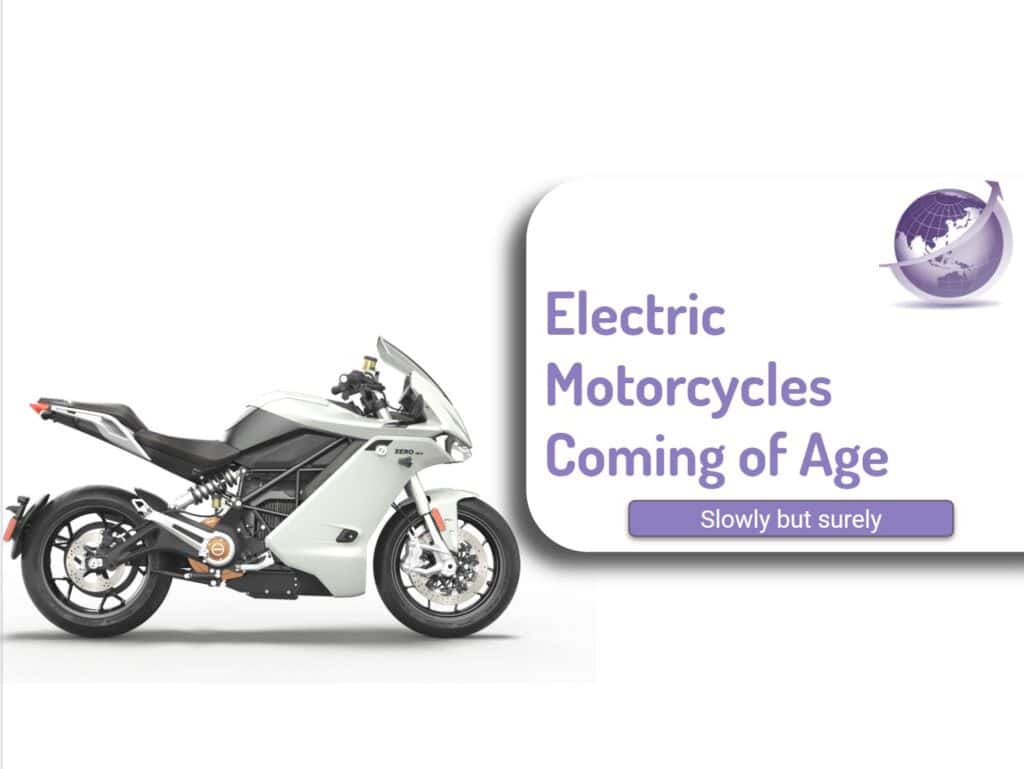The electric bus rapid growth is taking some commentators by surprise, but the signs were there in 2018. With more than 800,000 buses globally (mid 2022) most are concentrated in China. With 16.8m conventional buses (4% of the fleet global fleet) electrification, the change could be a decade as most buses have a 20 year lifespan. The rest of the world has been slow to change but it rapidly changing.
The global electric bus market size was 170,000 in 2020, and projected to grow from 192,000 in 2021 to 544,000 by 2028, with a CAGR of 16.0%. Bloomberg predicts half of the world’s buses will be entirely battery-powered by 2032. With 3 types of buses, the hybrid electric bus (HEB) is not a contender as it still has emissions; the fuel cell electric bus (FCEV), and the battery electric bus (BEV). While there are trials and some H2 buses, the majority are BEV (full battery electric).
China
- 2019. Mainland China had 99% of all buses and deployed more than 421,000 buses or 17% of China‘s total bus fleet.[1] For comparison, the United States had 300, and Europe had 2,250.[2]
- By 2021, with China’s New Energy policy, 680,000 e-buses plied the road (with 97% China)
- Massive government subsidies, entire cities, such as Shenzhen, Tianjin and Zhengzhou, now run bus networks that are exclusively electric. The benefits of this early and widespread adoption are already tangible – air and water pollution levels have fallen significantly. In Beijing, the number of days with heavy pollution decreased from 43 in 2015 to just 10 in 2020, a drop of nearly 80%.
Europe
- Electric bus registrations increased of 48% in 2021 compared to 2020 in Europe.
- 3,282 e-buses were delivered last year, bringing the total to over 8,500 registered since 2012.
- Germany deployed 555, UK 540 and France 512
- Some municipalities are trialling FCEV or H2 buses.
USA
- USA has less than 1700 e-buses in 2021, but the IRA program allocated over $1.1 billion in 2022 to help state and local governments purchase U.S.-built electric transit buses, with an additional $5 billion granted by the Environmental Protection Agency to replace the iconic yellow school buses with zero-emission models.
- They plan to decarbonize the entire school fleet by 2030 and, as of March 2022, US school districts have committed to procuring 12,275 electric school buses in 38 states.
- Upgrading school buses is significant, not least because they account for half of all buses in the U.S.
- Government subsidies support a number of FCEV initiatives.
India
- Slow progress for a country with over 2.2m buses – the majority (85%) are privately owned with only 15% publically owned.
- India launched an ambitious National Electric Bus Program (NEBP) in 2022 with an aim to deploy an additional 50,000 electric buses over five years, backed by a significant investment of US$10 billion (Rs820 billion).
- As of May 2023, out of the total 359,432 registered buses in India since the inception of the Faster Adoption and Manufacturing of Electric Vehicles (FAME) scheme in April 2015, only 4,506 or 1.25% of the total, are electric.
India Update Aug 2023
- The PM announced that the “M-eBus Sewa” for augmenting city bus operation by 10,000 e-buses on the PPP model. The scheme cost estimated ~ Rs. 57,613 crore, ($US7B) out of which support of Rs.20,000 crore will be provided by the Central government. The scheme will support bus operations for 10 years.
- The scheme will cover cities of three lakh (300,000) and above population as per census 2011 including all the capital cities of Union Territories, North Eastern Region and hill states. Priority is given to cities having no organised bus service.
- (Reuters) (Planet)
Drivers for Electric Buses Rapid Growth
The drivers for E-buses:
Purchase Cost.
- All 3 types of electric buses have a higher upfront cost (up to 50% more) compared with a diesel bus and require investment in infrastructure for charging or refuelling stations.
- Most expect costs to fall 50% with lower costs of batteries.
- The bus fleet shares charging infrastructure. Additional buses need minimal charging
Operating Costs
- Electric buses can save between $73,000 and $173,000 per unit over a vehicle’s lifetime. New Flyer (bus manufacturer) puts the savings at $400,000
- The cost of electricity with renewable energy continues to fall.
- Maintenance costs may be $125,000 lower over the life of the E-bus
Health
- Recognition that diesel emissions reduce cognitive skills and increase school absenteeism regulators were drivers in the USA. Emissions cause deaths – the only arguments are by the amounts.
Emissions
- The transport sector is ~26% of emissions in EU. Buses and trucks contribute. A diesel contributes about 1.3kgCO2 per km. Electric none. Cities have regulated no combustion vehicles by 2035 or less. China is planning to have all buses with zero emissions by 2030. The lack and expense of green H2 means higher emissions for LNG or similar
Noise
- Quieter for pedestrians, drivers and passengers. Buses have a social stigma against them and more peaceful more comfortable rides does increase patronage.
Lower Political Risk
- Fuel supply for Australia is on 45 days. Geopolitical risks from diesel supply from Russia, Middle East demonstrate ignoring them is at your peril, as the Ukraine war illustrates.
Where do Hydrogen Buses Fit in This Change
Total H2 buses are about 6,000 globally and 90% are in one city in China. FCEV buses numbered 1400 across the USAV in 2021, and arious cities are trialling or introducing more of them. Globally, FCEV buses are a small minority (Less than 0.01%) Compared with the rapid rise of BEV buses, these are likely to wind up as rusted hulks or science museum exhibits within 5 years, along with BETA VHS tapes.
H2 receives huge publicity. Eg the headline “Solaris For Nearly 100 Hydrogen Fuel Cell Engines to Power Buses in Europe” by Hydrogen Central is for 52 fuel cell engines for Solaris Urbino hydrogen buses for deployment by public transport operator Rebus Regionalbus Rostock, based in Güstrow, Germany. 44 are for other locations. Ballards has 120 H2 buses already in Europe. Compare that to the 3,000 new electric buses in 2021. These H2 buses will continue to roll out as they take advantage of subsidies to build filling stations and local bus operators get funding for H2 bus trials.
More Reading and Sources
- Electric bus, main fleets and projects around the world Sept 2023 https://www.sustainable-bus.com/electric-bus/electric-bus-public-transport-main-fleets-projects-around-world/
- New Energy Buses in China https://www.changing-transport.org/wp-content/uploads/2020_GIZ_New-Energy-Buses-in-China.pdf
- Bloomberg Outlook for Transport 2023 https://about.bnef.com/electric-vehicle-outlook/
- Bus Manufacturers https://en.wikipedia.org/wiki/Electric_bus
- List of bus makers https://en.wikipedia.org/wiki/List_of_electric_bus_makers
- Fuel Cell buses https://en.wikipedia.org/wiki/Fuel_cell_bus
- https://reglobal.co/hydrogen-bus-deployment-in-the-us/









